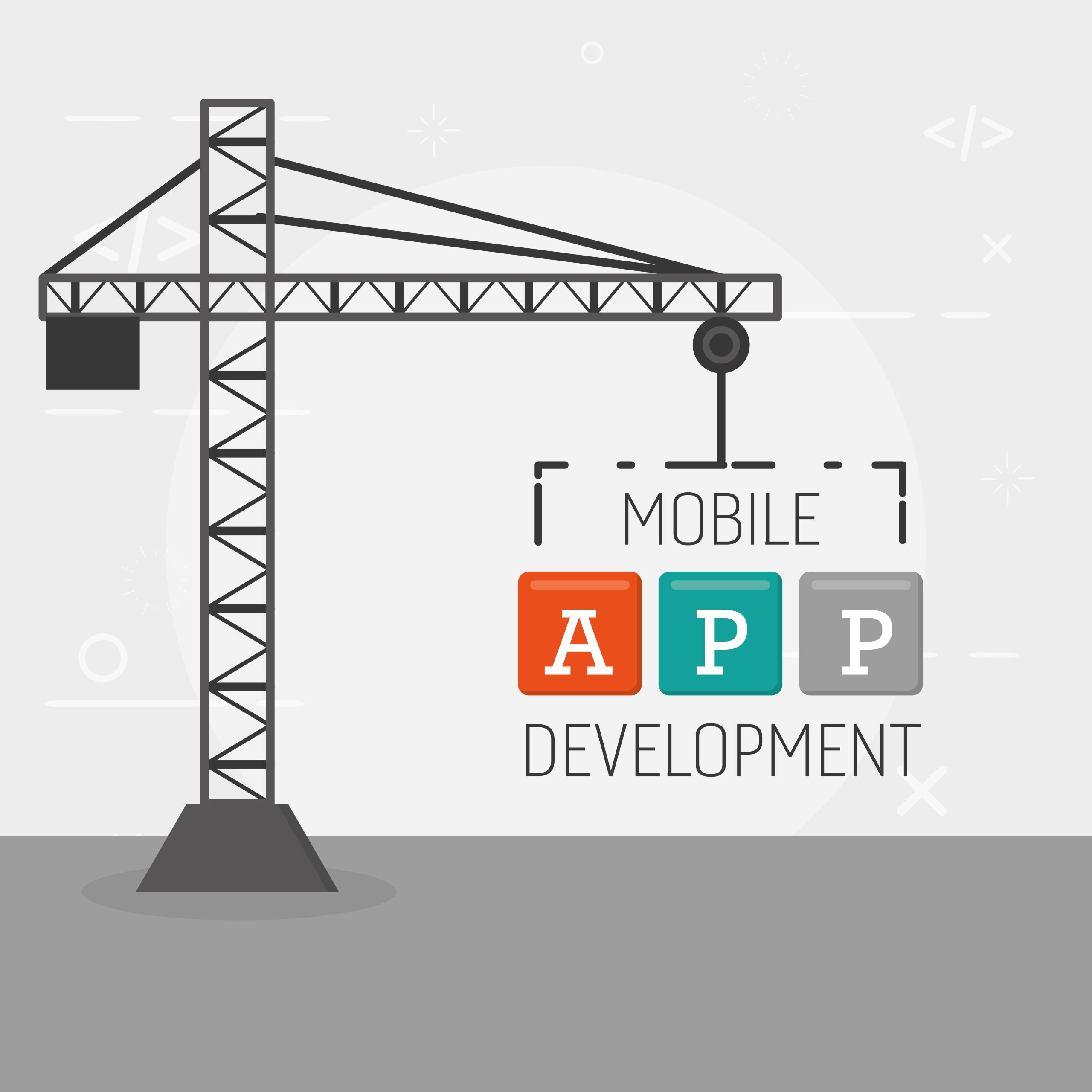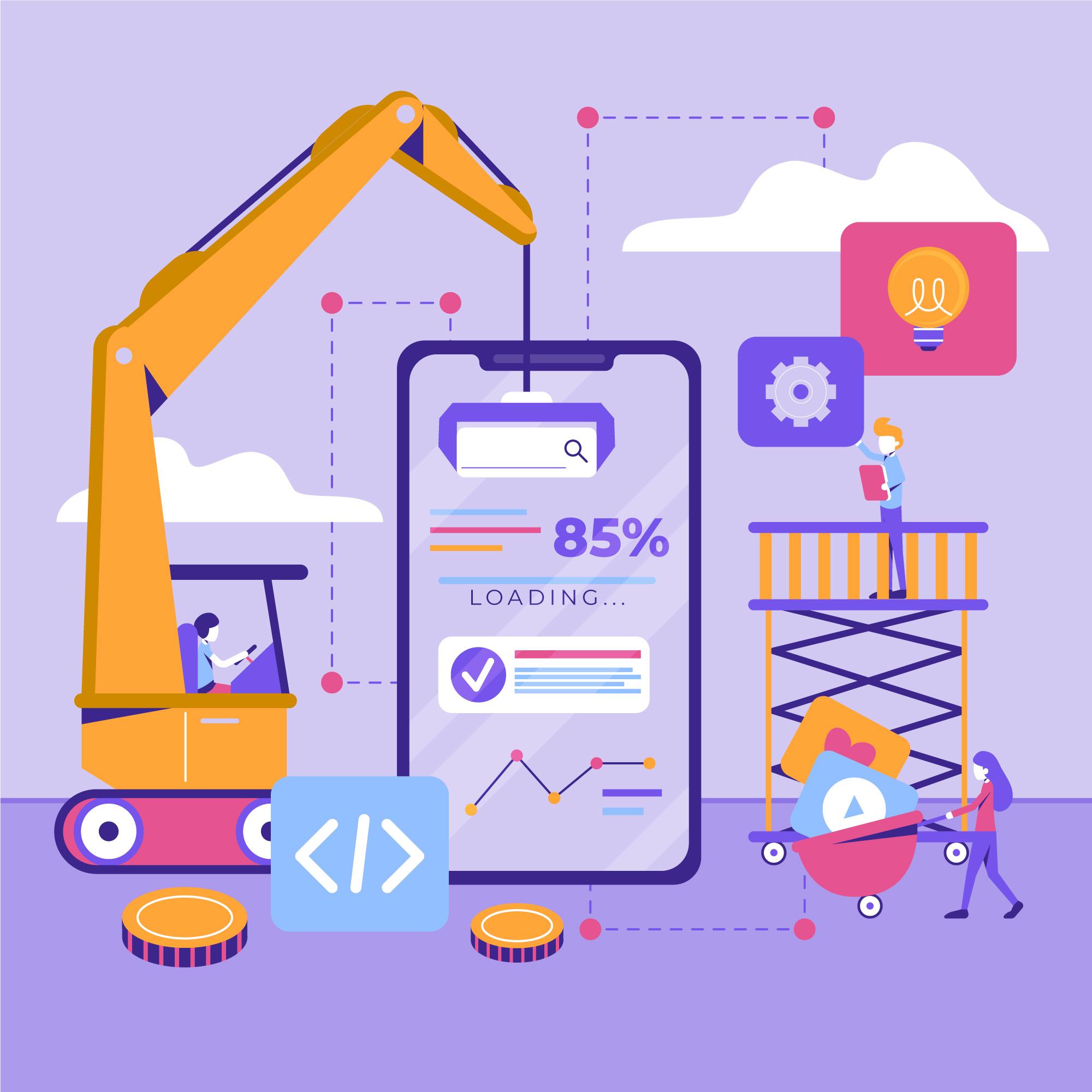And here we are at the end of making app development seamless and understandable for all the non-tech-savvy. The first blog briefly discussed the traditional process of starting an app idea and trying to materialize it into tangible results. In the second part of the blog, we focused more on the subsequent phases of app development after the idea generation and how some factors changed the traditional way of app making.
In the final part, we will discuss making an app from scratch without coding a single code line. Yes, we have hinted before that that is possible. You can choose a team of professionals willing to do it for you, or you can try to find specific platforms that let you drag-and-drop elements to make one.
App Development Without Coding?

It might be the case that you have seen some social issue and thought, “Wish there were some apps to fix that!” With that can also come the realization that your skill set does not include programming and coding.
But, hold on. How do all these Hollywood celebs have their own apps? Turns out that hiring a team is not the only way to go about launching your own app. Besides, it costs a fortune (up to $1,000,000 in some cases), so here is another hack: app development without coding. Literally.
No-code and low-code apps and platforms give entrepreneurs a level-playing ground for building mobile, web, and business applications. Whether businesses need to develop custom in-house solutions or SaaS apps, no-code tools can get the job done.
You might ask, what is the difference between no-code and low-code app development methods? Here is a simplified answer.
Low code app development is usually used for standalone applications, for both mobile and web. These platforms are also utilized to make portals integrated with other systems. If it makes things easier to grasp, you can think of low-code app developers as fit for anything.
No-code, on the other hand, is only used for front-end development. We can amp up the complexity dial, and no-code platforms will yield better outcomes. All you have to do is play LEGO, and you’re pretty much set.
Application Development Without Code Design Process
Okay, now that you have your app idea sorted and features outlined is time to design the app layout. You don’t have to be a designer—you can use pen and paper or just write out what the experience will be for your user in sentence format.
This process helps you decide exactly what you need to build before you start developing. This will make it easier to pick the right tool and create a great product without code. At this stage, clarity is more important than beauty or perfection. You are clarifying your vision for your application and the user experience.
Popular Low and No-Code App Development Platforms
Bubble
The goal of Bubble is to make programming obsolete with its visual programming tool that allows you to build web and mobile applications without any code. The intuitive drag-and-drop builder allows you to easily add page elements like text, videos, maps, icons, images, buttons, and more. Just like a tailoring shop, everything is customizable, down to font colors, icons, and the visibility of various elements based on what’s going on in the app you design.
You define exactly what happens, action by action, allowing you to create your own data structures. It will have your built logic (e.g., if the user clicks on the X button while logged in, do Y; otherwise, do A) and allow your users to upload their own content.
Bubble also connects to many other popular services, like MailChimp and Mixpanel, for automatic client tracking and tracking the activity on your app.
The tool is entirely free to build; you only pay for it once your audience starts to grow, and you need to expand with it.
Treeline
This tool is designed to help you build an enterprise-grade backend in hours. It’ll help you architect your backend as a set of small, reusable, well-tested modules. Here is a short list of some of the things you can do with Treeline:
- Send HTTP requests
- Encrypt or compare passwords
- Work with Javascript code strings
- Access the ElasticSearch API in Node.js
- Communicate with the YouTube API to get video views, with Stripe APO to charge credit cards, etc., and with Facebook to authenticate, pull profile data, and more

Tilda Publishing
Tilda is a Russian website-building platform geared toward content-oriented sites. There are over 170 pre-designed blocks for your drag-and-drop customization. All the pages you design via Tilda have UIs customized for all devices and screen types.
And, if you’re looking to optimize your site, you can build compelling call-to-action pages. It would help to connect your Google Analytics account and make your page search engine friendly.
This is a fantastic option for those looking to build blogs, lookbooks, event reports, and more.
Webflow CMS
This is a great visual content management system (CMS) tool. You must tell Webflow what kind of content you want to build (e.g., blog posts, portfolio pieces, recipes, etc.) and customize the site structure accordingly. There are a bunch of pre-existing templates available, so it’s easy to get started if you have no idea what you’re doing.
This is a great way to design hundreds of pages quickly. For example, you can create a single template for “blog posts.” That design will automatically apply to every item you label a blog post. You can also write and edit on the live website, and your content will update automatically, which is pretty sweet. This fantastic website builder option will delight you with its simple UX and easy design navigation.
Cloudpress
CloudPress helps you create unique, responsive WordPress sites. There are over 80 predefined blogs built by the team’s designers that help you prototype pages in no time at all. Every page created is based on a fluid grid layout, so each of them will naturally adapt to the screen size, ensuring that your page looks good no matter what screen someone is viewing it on.
You’ll have complete control over every detail on the site you build, including dimensions, typography, web fonts, backgrounds, and effects. This is an excellent option if you’re specifically looking to develop a page on the WordPress CMS platform.
Conclusion
It’s no secret that today’s fast-paced world does not stop for anyone. You need to create apps that complement your businesses and entrepreneurial ventures.
All you need is a good sense of app development platforms with zero coding experience, and you are good to go. See, you need not be tech-savvy to get these things right.




